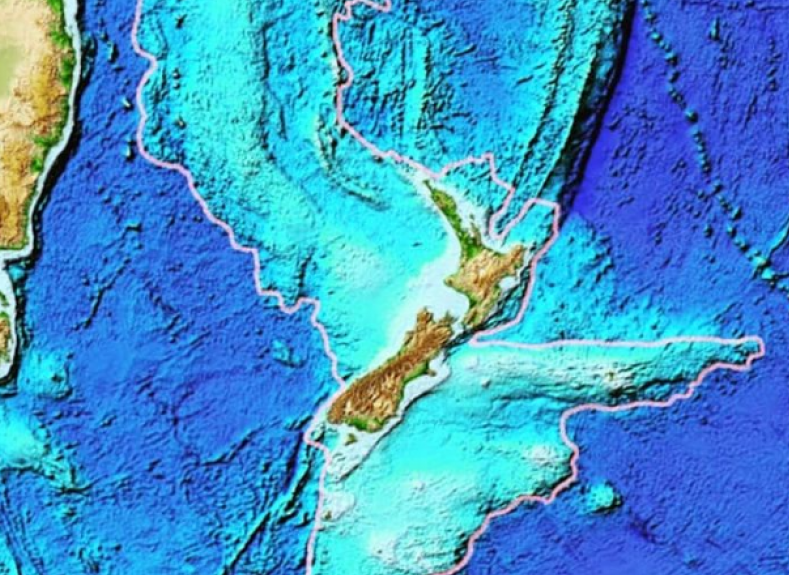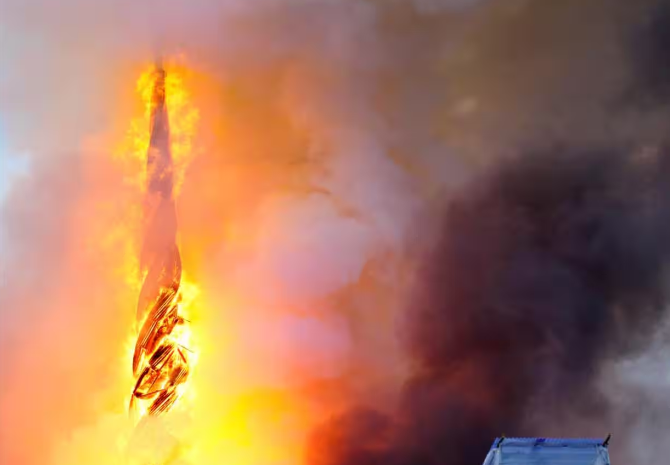[ad_1]
SEOUL (Reuters) – North Korea said on Sunday it has developed a more advanced thermonuclear weapon that possesses “great destructive power” and will be loaded on a new intercontinental ballistic missile (ICBM) that experts believe has the range to hit much of the United States.
The report by North Korea’s official KCNA news agency comes amid heightened regional tension following Pyongyang’s two tests of ICBM missiles in July that potentially could fly about 10,000 km (6,200 miles), putting many parts of the mainland United States within range.
Under third-generation leader Kim Jong Un, North Korea has been pursuing a nuclear device small and light enough to fit on a long-range ballistic missile, without affecting its range as well as making it capable of surviving re-entry into the Earth’s atmosphere.
North Korea “recently succeeded” in making a more advanced hydrogen bomb, the country’s official KCNA news agency said.
“The H-bomb, the explosive power of which is adjustable from tens kiloton to hundreds kiloton, is a multi-functional thermonuclear nuke with great destructive power which can be detonated even at high altitudes for super-powerful EMP (electromagnetic pulse) attack according to strategic goals,” KCNA said.
“All components of the H-bomb were homemade and all the processes … were put on the Juche basis, thus enabling the country to produce powerful nuclear weapons as many as it wants,” KCNA quoted Kim as saying.
Juche is North Korea’s homegrown ruling go-it-alone ideology that is a mix of Marxism and extreme nationalism preached by state founder Kim Il Sung, the current leader’s grandfather.
Kim Jong Un, who visited the country’s nuclear weapons institute, “watched an H-bomb to be loaded into new ICBM” and “set forth tasks to be fulfilled in the research into nukes,” KCNA said.
Pictures released by the agency showed Kim inspecting a silver-colored warhead in the visit accompanied by nuclear scientists, with a concept diagram of its Hwasong-14 long-range ballistic missile seen hanging on the wall.
Tensions on the Korean peninsula have been high since last month when North Korea threatened to launch missiles into the sea near the strategically located U.S. Pacific territory of Guam after U.S. President Donald Trump said Pyongyang would face “fire and fury” if it threatened the United States.
North Korea further raised regional tensions on Tuesday by launching an intermediate-range ballistic missile over Japan, drawing international condemnation.
The KCNA report made no mention of plans for a sixth nuclear test.
Experts and officials have said North Korea could conduct its sixth nuclear test at any time, and that the reclusive country has maintained a readiness at its nuclear test site to conduct another detonation test.
U.S. officials have told Reuters that while North Korea has had parts in place for a nuclear detonation going back several months, no new activity had been seen recently at its known nuclear test site in Punggye-ri in its northeastern region.
North Korea last year conducted its fourth and fifth nuclear tests, saying the fourth in January 2016 was a successful hydrogen bomb test, although outside experts say the claim has not been proven.
Earthquakes triggered by North Korean nuclear tests have gradually increased in magnitude since Pyongyang’s first test in 2006, indicating the isolated country is steadily improving the destructive power of its nuclear technology.
Its fifth nuclear test in September 2016 was measured to be possibly North Korea’s biggest detonation ever, but the earthquake it caused was still not believed to be big enough to demonstrate a thermonuclear test.
Reporting by Jack Kim and Soyoung Kim; Editing by Bill Trott and Will Dunham
[ad_2]
Source link







Leave a Reply